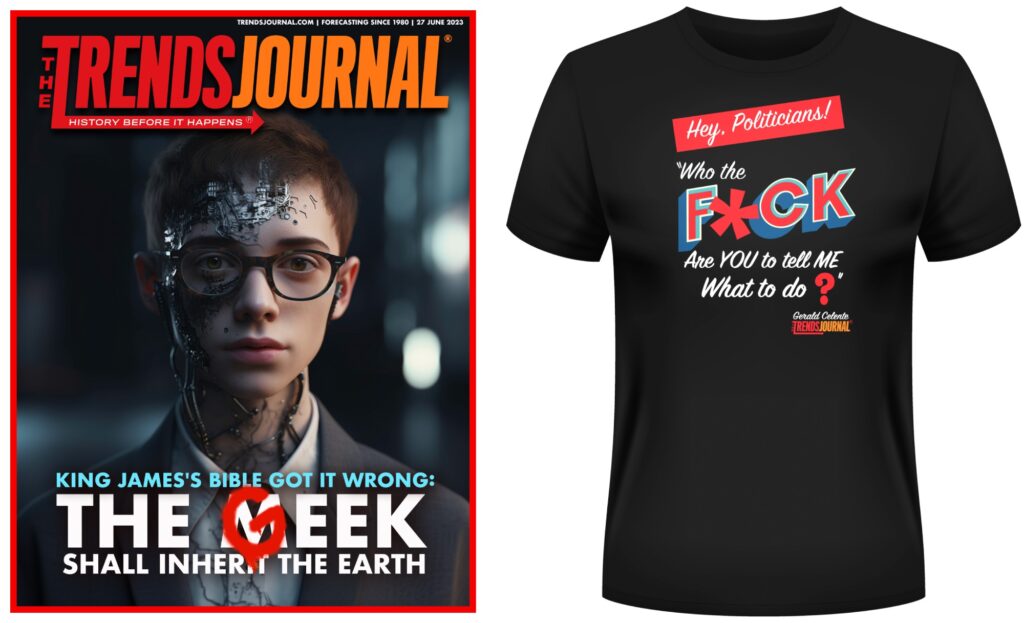|
|
The Fed is lagging in its mission to tamp down an “exceptionally high” rate of inflation and is likely to take more aggressive action at its next meeting, James Bullard, president of the Federal Reserve Bank of St. Louis, told a group of reporters on 7 April.
Bullard, a voting member of the U.S. Federal Reserve’s policy-setting committee, was the group’s only member to vote last month in favor of raising the Fed’s base interest rate by a half-point.
The other committee members voted for a quarter-point bump.
Bullard is calling for the Fed to set a 3-percent interest rate by the middle of this year.
The meeting’s minutes showed an urge to lift the rate by a half-point but the war in Ukraine was barely two weeks old at the time and the committee decided to move cautiously while the war’s economic impacts made themselves felt.
However, “we have to move forthrightly to get the policy rate up to the right level to deal with inflation,” Bullard said.
“We want to do that in a way that doesn’t cause too much disruption, but we do have a serious inflation issue…to get under control,” he added.
Bullard and an increasing number of analysts and economists expect the committee to lift rates by a half-point at May’s meeting, The Wall Street Journal reported.
“I was in favor of going with a bigger rate increase last time, so I would lean into that this time,” he confirmed.
On 5 April, Fed governor Lail Brainard agreed that “getting inflation down is our most important task.” Until late last year, Fed chair Jerome Powell said the Fed’s primary goal was nursing the jobs recovery.
Market pricing levels and the rules of monetary policy both suggest the Fed’s base rate should be significantly higher than it is, Bullard said.
Guidelines for monetary policy indicate the current rate should be 3.5 percent, not the 0.25 to 0.50 percent it now is, he said, though he also noted that market pricing suggests a slightly lower rate.
The economy has recovered well enough to absorb 3-percent interest without harm and monetary policy will continue to be encouraging, he noted, making the initial increases in interest rates relatively cost-free.
Bullard sees U.S. GDP gaining 2.8 percent this year and unemployment falling below 3 percent.
TREND FORECAST: Considering the rate of inflation—government fake or shadowstats real—Bullard is more Fed BS. To stop inflation, according to the International Monetary Fund’s recent push for Argentina to hike its interest rate up to 44.5 percent, interest rates must be one percent above the inflation rate. Therefore, considering the latest CPI, the U.S. interest rate should be 9.5 percent.
Yet, considering how highly and artificially inflated equities and the economy are as a result of the trillions in cheap money pumped into the system by the Banksters and Washington to fight the COVID War, we maintain our forecast that even with a 3.5 percent interest rate, equities and economies will deeply dive.

 العربية
العربية 简体中文
简体中文 Nederlands
Nederlands English
English Français
Français Deutsch
Deutsch עִבְרִית
עִבְרִית Italiano
Italiano 日本語
日本語 한국어
한국어 Latin
Latin Polski
Polski Português
Português Русский
Русский Español
Español ไทย
ไทย Türkçe
Türkçe Українська
Українська Tiếng Việt
Tiếng Việt

